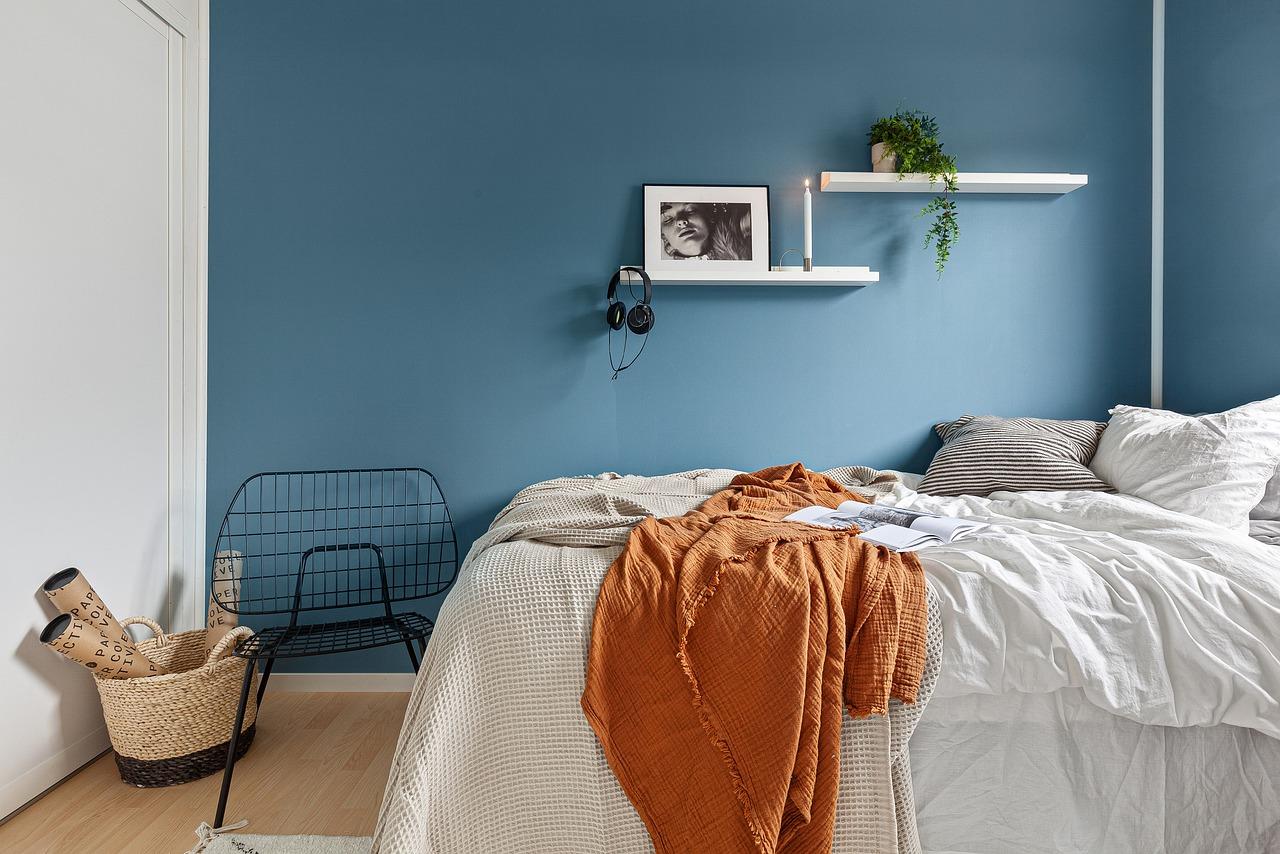Have you ever walked into a room and instantly felt a wave of calm wash over you? Or have you experienced a sudden surge of energy that brightened your mood? That second one seems less likely, but you know what we mean. Don’t you?
It turns out that colors have a subtle impact on our emotions and well-being. In our journey to make our homes not just beautiful but truly nurturing spaces, understanding color psychology can become of crucial importance.
Let’s unpack this.
Understanding Color Psychology
Color psychology in interior design is the study of how different hues affect our emotions and behaviors. This knowledge helps designers and homeowners create environments that enhance functionality and evoke desired emotional responses.
The Basics of Color Impact:
- Warm colors like red, orange, and yellow can energize and stimulate.
- Cool colors like blue, green, and purple tend to calm and relax.
- Neutral tones such as beige, gray, and white offer versatility, sophistication, and timelessness.
The Influence of Lighting and Materials
Lighting and materials play a crucial role in how colors are perceived. Natural light shows colors in their truest form, whereas artificial light can alter hues and intensity.
Key Points to Consider:
- Natural Light: Enhances all colors, giving you a realistic view of your palette.
- Artificial Light: Can warm up or cool down the colors depending on the bulbs used.
- Materials: The color of walls, floors, and furniture affects how colors are perceived.
For example, a red wall paired with white furniture appears vibrant, while the same wall with black furniture might feel subdued.
Functional Uses of Color
Different colors serve different purposes in various rooms. The purpose of the space, the lighting, and the mood you want to set all play a role in selecting the right colors.
Functionality & Productivity
- Workspaces: Bright, vibrant colors like yellow and orange can stimulate the mind.
- Bedrooms & Living Rooms: Muted, calming colors like blue and green help with relaxation and focus.
Appetite & Communication
- Dining Rooms & Kitchens: Warm colors like red and orange can enhance communication and stimulate appetite.
Color Psychology in Different Rooms
Each room in your home serves a different purpose and the color scheme should reflect that to improve not just aesthetics but also functionality and mood.
Living Room
- Warm Colors: Red, orange, yellow for energy and happiness.
- Cool Colors: Blue, green, violet for tranquility and relaxation.
Bedrooms
- Soothing Colors: Soft blue, green, lavender for relaxation.
- Cozy Shades: Muted red, orange, yellow for warmth and comfort.
Dining Room
- Inviting Colors: Warm shades for stimulating conversations and appetite.
- Elegant Hues: Cool colors for a formal ambiance.
Child’s Room
- Young Children: Bright, cheerful colors like yellow, orange, pink to spark creativity.
- Older Children: More sophisticated blues, greens, and purples for a calming effect.
Creating Desired Atmospheres Using Color Psychology
Identifying the mood you aim to evoke is the first step. Then, select colors that align with that mood.
Specific Strategies:
- Calming Atmospheres: Use cool shades like blue and green.
- Warm & Inviting: Opt for warm colors and natural materials like wood.
- Bright & Energetic: Utilize colors like red, orange, yellow in combination with playful patterns.
Incorporating a creative metal design, such as metallic accents (silver or chrome), can also enhance the mood, adding a touch of sophistication and style.
Conclusion
Next time you redecorate, think beyond just how a room looks. Ask yourself how it feels. Color psychology is an essential tool for creating spaces that not only look beautiful but enhance your daily life. Test colors in different lighting, experiment with combinations, and see how they transform your space. A carefully chosen palette can make all the difference—bringing harmony, energy, or relaxation to your home.








